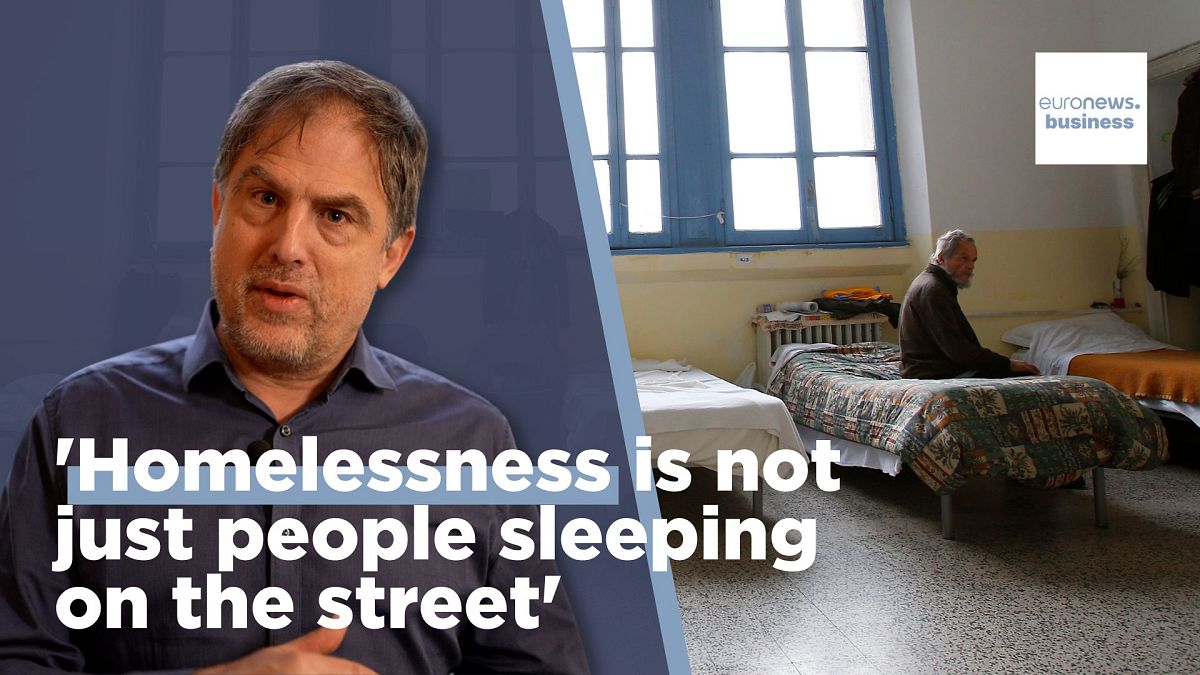The number of homeless people in the EU has more than doubled since 2009. What are the driving factors and what can the EU do about it?
An estimated 890.000 people* sleep rough or in a homeless shelter on any given night across the EU, according to a 2023 report published by FEANTSA. This figure is equivalent to the population of Turin or Marseille.
The Federation of National Organisations Working with the Homeless published its first report in 2009. At the time, they estimated that around 410.000 people* were sleeping rough on any given night – this report included the UK.
Several factors contribute to this surge in homelessness, including the rising cost of living, the migration crisis and a shortage of available housing.
The situation is most critical in Germany, where over 210,000 people are sleeping rough or staying in emergency shelters on any given night, closely followed by France, with at least 209,000 people in the same situation.
On the other hand, the number of homeless people in Finland is decreasing. In 2022, 794 were living on the street or in emergency accommodations and shelters.
According to Freek Spinnewijn, director of FEANSTA, Finland’s success can be partly attributed to the country's early adoption of the "Housing First" approach.
This line of action operates on the principle that offering a permanent roof to homeless individuals is the first step to addressing the health and social problems they face.
"What happens in the traditional approach to homelessness is that we try to treat and solve all the problems that homeless people might have in the shelter system. And then at the end, we provide them [with] housing," he explained.
"‘Housing First’ actually puts that upside down because it uses housing as a tool for integration rather than as a reward at the end of an integration process," he added.
Since the introduction of this scheme, the number of long-term homeless people in Finland has fallen by more than 30% - from approximately 3,500 in 2008 to 1,133 in 2022.
Watch the video above to learn more.
*The EU does not collect data on the size of the current homeless population. FEANTSA’s estimates are based on official data or data validated by public authorities.



